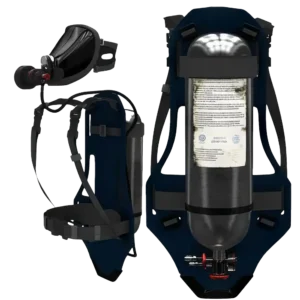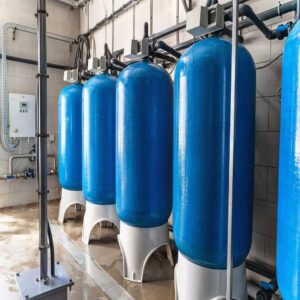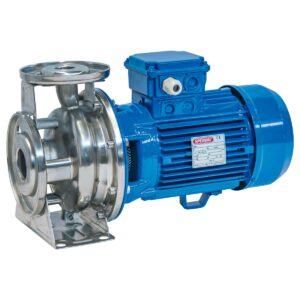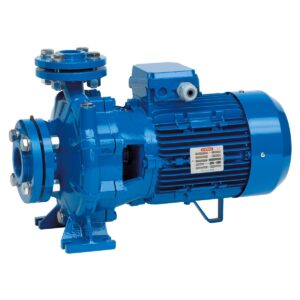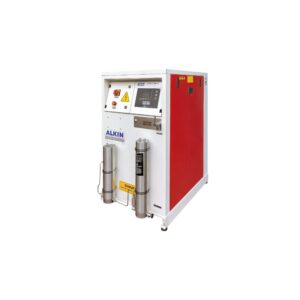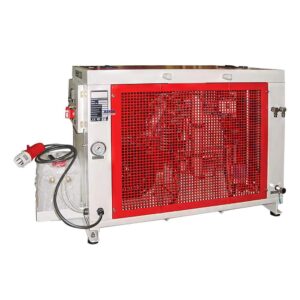Description
Most fires start small but, if left to develop, they will grow and spread, causing a great deal of damage and threatening the lives of those in the vicinity.
In addition to the provision of portable fire extinguishers for controlling fires, organisations should consider the installation of fixed fire extinguisher systems to increase general fire protection facilities and/or to protect specific areas or equipment.
Types of Fire-fighting Equipment
There are two types of fire-fighting equipment: portable (eg fire extinguishers, fire blankets) and fixed systems (eg fire hydrants, sprinkler systems).
Portable fire-fighting equipment
The function of a portable fire extinguisher is to deal with small fires that are detected soon after ignition. Fire-fighting equipment should be considered as a means of both prevention and protection. For example, portable fire-fighting equipment can prevent a small fire growing out of control and spreading beyond the area of origin, affecting the means of escape and posing a risk to relevant persons.
The provision of portable fire extinguishers should be as a result of a risk assessment and the requirements of BS 5306-8:2012 Fire Extinguishing Installations and Equipment on Premises. Selection and Positioning of Portable Fire Extinguishers. Code of Practice, which assumes that a fire risk assessment has been undertaken.
In simple premises, having one or two portable extinguishers of the appropriate type, readily available for use, may be all that is necessary. In more complex premises, a number of portable extinguishers may be required.
Fixed systems
There are a number of fixed fire-fighting facilities available, including:
- Fire hydrants and rising mains
- Hose reel systems
- Sprinkler systems
- Water mist and fogging systems
- Gas systems (sometimes referred to as “clean agent systems”)
- Foam systems
- Dry powder





